Tree Measurement Tools: For Accurate Tree Assessments
- August 28, 2024
- 0 comment
Tree measurement tools are fundamental in forestry, arboriculture, and ecological research. These tools provide the data necessary for managing forests sustainably, assessing biodiversity, and ensuring that forestry practices are economically and environmentally viable.
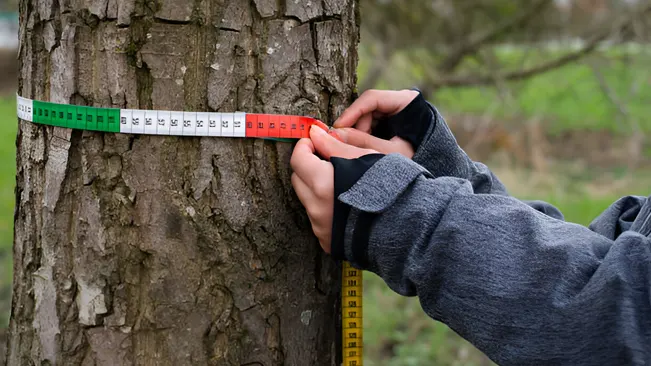
Whether you’re determining tree height, measuring diameter, or analyzing growth patterns, using the right tools is essential for accuracy and efficiency. Discover the most essential tree measurement tools, how every tool work, and its vital role in forestry and arboriculture.
Tree Measurement Tools for Measuring Diameter
1. Diameter at Breast Height (DBH) Tape
The Diameter at Breast Height (DBH) Tape is one of the most common tree measurement tools used to measure the diameter of a tree at 4.5 feet above ground. This flexible and durable tape is specifically marked to convert circumference to diameter, making it indispensable for fieldwork.
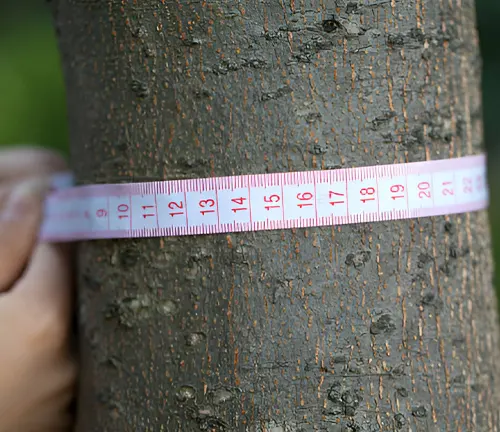
- Designed for fieldwork with a sturdy, long-lasting material.
- The tape is marked to convert circumference directly into diameter.
- Used at 4.5 feet above ground, a common forestry standard.
How to Use:
- Stand on the uphill side of the tree if the ground is sloped.
- Wrap the DBH tape around the tree at 4.5 feet above ground.
- Ensure the tape is level and straight before reading the measurement.
DBH measurements are essential for evaluating tree growth, calculating timber volume, and assessing the overall health of a forest stand.
2. Calipers
Calipers provide a more precise method for measuring tree diameter, especially in research settings. These two-arm instruments, typically made of metal or plastic, offer accurate measurements at multiple points on the tree.
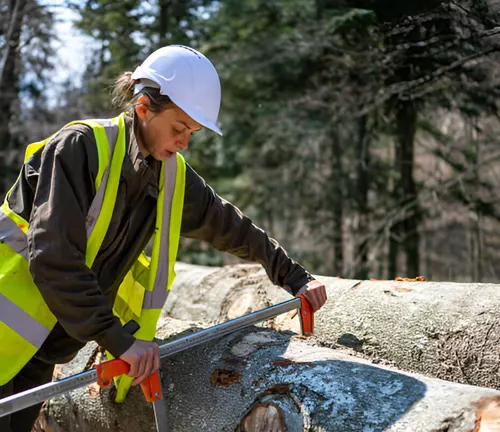
- Provides more accurate diameter readings than a DBH tape.
- The two arms ensure the calipers measure across the entire diameter of the tree.
- Easy to carry for use in dense or difficult-to-access forests.
How to Use:
- Place the calipers on opposite sides of the tree at breast height.
- Adjust the arms until they firmly touch the bark.
- Read the measurement on the scale.
Calipers are ideal for scientific studies requiring detailed data on tree growth and structure, making them one of the most precise tree measurement tools available.
3. Biltmore Stick
The Biltmore Stick is a simple, low-tech tree measurement tool used for quick field measurements of tree diameter and to estimate timber volume. While less precise than other tools, it’s highly practical for forestry professionals conducting timber cruises and forest inventories.
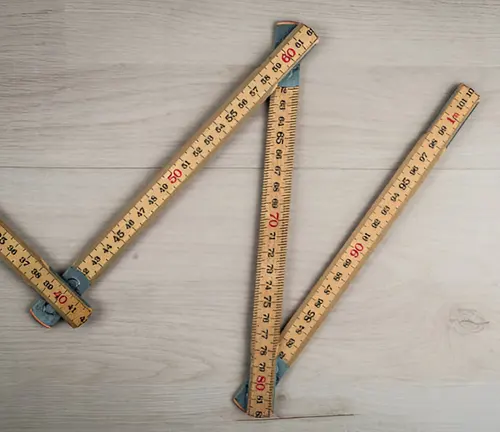
- Provides rapid diameter and volume estimates.
- Simple to use with no need for calibration or batteries.
- Inexpensive and widely accessible for forestry professionals.
How to Use:
- Stand 25 inches from the tree.
- Hold the stick horizontally at arm’s length against the tree.
- Align one edge of the stick with one side of the tree; read the diameter at the other edge.
This tool is perfect for rapid assessments in the field, offering quick and easy estimates of tree diameter and volume.
Measurement Tools for Determining Tree Height
1. Clinometer
A clinometer is a straightforward yet effective tree measurement tool for determining tree height using trigonometry. It is particularly useful for volume estimation, habitat analysis, and ensuring safety in logging operations.
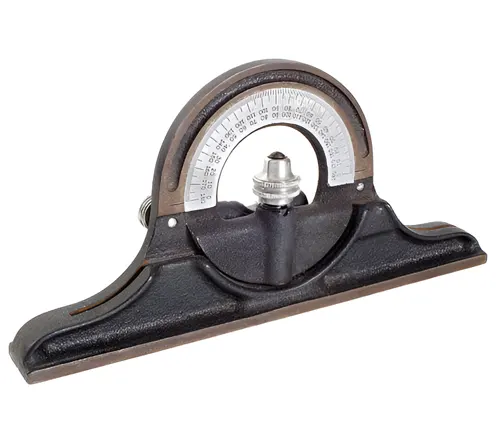
- Uses angles to calculate tree height through trigonometry.
- Requires only a known distance from the tree base for calculations.
- Small size makes it easy to carry in the field.
How to Use:
- Stand at a known distance (e.g., 50 feet) from the tree base.
- Look through the clinometer at the tree’s top, and note the angle reading.
- Look at the tree base and note the angle reading.
- Calculate the height using the angles and the distance.
Clinometers are essential for accurately determining tree height, making them crucial for various forestry applications.
2. Hypsometer
Hypsometers offer more advanced height measurement capabilities than clinometers. Available in mechanical, optical, and electronic types, they are ideal for measuring multiple trees quickly and accurately.
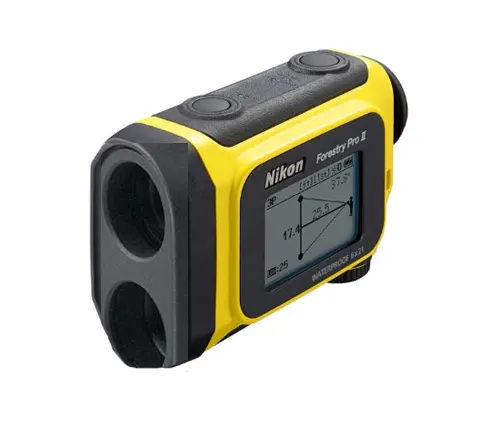
- Offers more precision than a clinometer, using optical or electronic methods.
- Can measure several trees quickly with varying height functions.
- Ideal for precise height calculations in professional forestry and research.
How to Use:
- Stand at a known distance from the tree.
- Aim the hypsometer at the tree base and top to get the height.
- Some hypsometers automatically calculate height; for manual ones, use the provided scale or formula.
Hypsometers are particularly useful in timber valuation and ecological studies where precise height measurements are necessary.
3. Laser Rangefinder
Laser rangefinders provide highly accurate distance and height measurements using laser technology. These devices are especially valuable in dense forests where traditional tools may struggle with obstructions.
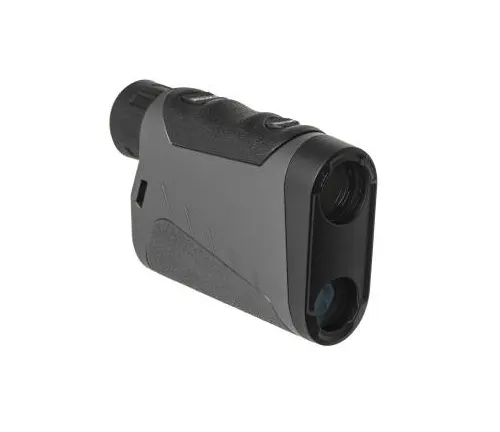
- Uses laser technology to measure distance and height accurately.
- Capable of measuring through foliage and other obstructions.
- Provides instant readings on an easy-to-read screen.
How to Use:
- Stand at a clear spot with a direct line of sight to the tree top.
- Aim the rangefinder at the top of the tree and press the trigger.
- The device will display the distance and, in some models, the height.
Laser rangefinders ensure reliable data, enhancing forest management and research outcomes.
Measurement Tools for Assessing Tree Growth and Age
1. Increment Borer
The increment borer is a specialized tree measurement tool used to extract a core sample from a tree, allowing foresters to analyze growth rings. This tool provides essential data on tree age, growth rates, and historical climate conditions.
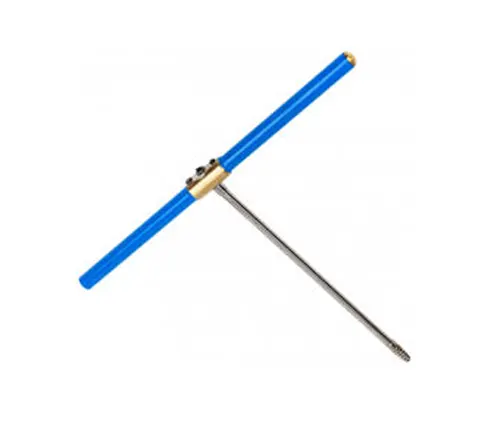
- Allows the analysis of growth rings to determine tree age.
- Removes only a small core, leaving the tree largely unharmed.
- Made from high-quality materials to penetrate hard wood.
How to Use:
- Select a point on the tree trunk at chest height.
- Insert the increment borer perpendicularly into the tree trunk.
- Rotate the handle until the bit has penetrated to the desired depth.
- Extract the core sample and analyze the growth rings.
Increment borers are invaluable for assessing forest health and making informed management decisions.
2. Dendrometer Band
Dendrometer bands are used to monitor incremental tree growth over time. These bands encircle the tree trunk and provide continuous data, making them ideal for long-term studies on tree growth, climate change impacts, and forest productivity.

- Tracks the incremental growth of trees over time.
- Fits around the tree without damaging the bark or trunk.
- Provides ongoing data without the need for repeated invasive sampling.
How to Use:
- Wrap the band around the tree trunk at breast height.
- Secure the band without compressing the bark.
- Monitor and record growth measurements periodically.
Dendrometer bands offer a non-invasive way to track tree growth over months or years, providing valuable insights into forest dynamics.
Measurement Tools for Calculating Basal Area and Tree Density
1. Angle Gauge (Basal Area Factor)
An angle gauge is a handheld tree measurement tool used to calculate basal area, a key indicator of forest density. This tool is crucial for determining the volume of timber that can be sustainably harvested.
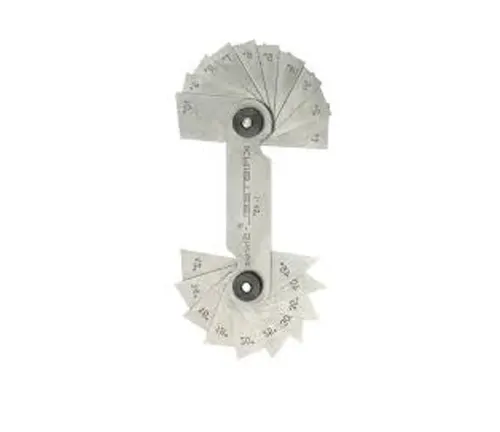
- Helps determine forest density by measuring tree basal area.
- Lightweight and easy to use in field conditions.
- Used for rapid assessments of tree density in large plots.
How to Use:
- Hold the gauge at eye level.
- Look through the gauge at each tree in a plot.
- Count the trees that appear wider than the gauge’s opening; this gives a basal area estimate.
Understanding basal area helps foresters manage forest stands effectively, ensuring sustainable practices.
2. Relascope
The relascope is a multifunctional tree measurement tool used to measure tree height, diameter, and basal area. It requires training for accurate use but provides comprehensive data for large-scale forest management.
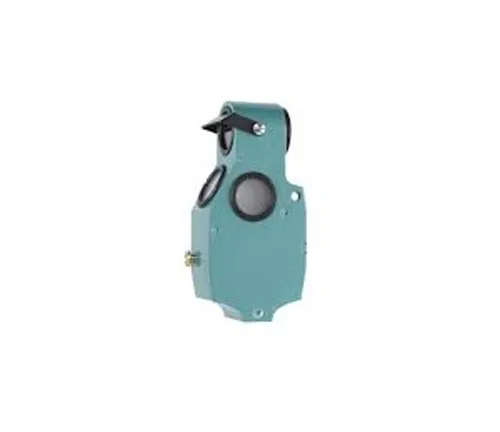
- Measures tree height, diameter, and basal area with a single tool.
- Uses a lens for precise visual readings.
- Requires some training but offers comprehensive data for forest management.
How to Use:
- Stand at a known distance from the tree.
- Hold the relascope up to your eye and measure height or diameter based on the markings.
- Calculate basal area using the angle gauge built into the device.
Relascopes are widely used in professional forestry, offering a complete solution for data collection.
Multifunctional and Versatile Tools
1. Loggers Tape
Loggers tape combines distance measurement and tree diameter measurement into one tool. It’s durable, versatile, and designed for quick, reliable fieldwork.
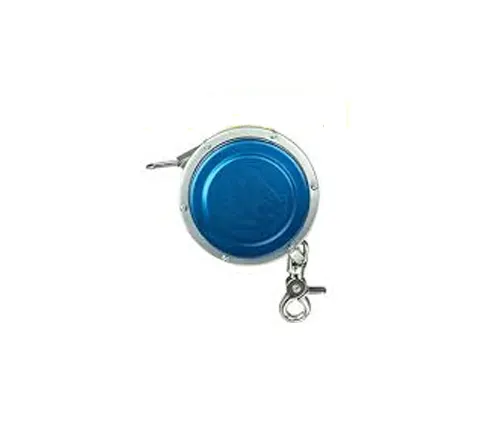
- Measures both distance and tree diameter.
- Durable tape designed for rugged outdoor use.
- Easily retractable tape for quick and efficient measurements.
How to Use:
- Measure the distance by pulling out the tape from the reel.
- Use the diameter side of the tape to wrap around the tree and read the diameter directly.
This dual-purpose tool saves time and ensures accurate measurements in the field, making it one of the most versatile tree measurement tools available.
2. GPS Device
A GPS device records the location of trees or plots, integrating spatial data with traditional tree measurements. High-precision GPS units with mapping capabilities are essential for modern forestry practices.
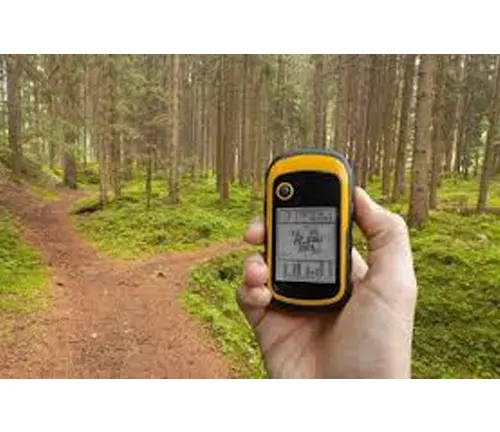
- Records the precise location of trees and plots.
- Integrates spatial data with traditional tree measurements.
- Offers accurate geolocation, critical for forest surveys.
How to Use:
- Mark the location of each tree or plot using the GPS device.
- Save the coordinates and other data relevant to the site.
- Transfer data to mapping software for analysis.
GPS integration is important for tracking forest changes over time and enhancing the accuracy of forestry data.
Conclusion
As technology continues to evolve, tree measurement tools are becoming more advanced and easier to use. Emerging technologies, such as drones and advanced GPS systems, are set to revolutionize the way we collect data in forestry.
However, mastering traditional tools and techniques remains essential. By integrating new technologies with proven methods, forestry professionals can continue to protect and manage forests effectively.
Frequently Asked Questions (FAQ’s)
- What are the most essential tree measurement tools for forestry?
Essential tools include DBH tape, calipers, clinometers, hypsometers, increment borers, and laser rangefinders. - How do I accurately measure the diameter of a tree?
Use a DBH tape or calipers at 4.5 feet above ground, ensuring the tape is level and straight around the tree. - What’s the difference between a clinometer and a hypsometer?
A clinometer measures tree height using angles and trigonometry, while a hypsometer provides more advanced and often more precise height measurements, sometimes using electronic or optical methods. - How can I determine the age of a tree?
Use an increment borer to extract a core sample, then count the growth rings to estimate the tree’s age. - What tool is best for measuring tree height in dense forests?
A laser rangefinder is ideal for dense forests as it provides accurate measurements despite obstructions. - Why is basal area important in forestry, and how is it measured?
Basal area indicates forest density and is measured using an angle gauge or relascope, which helps manage timber harvests and stand health. - Can I use a smartphone app for tree measurements?
While there are apps available, traditional tools like DBH tape, calipers, and clinometers provide more reliable and precise data for professional use. - How often should tree measurement tools be calibrated?
Calibration should be done regularly, especially before major surveys, to ensure measurement accuracy. - What are the benefits of using GPS devices in forestry?
GPS devices help accurately record the location of trees or plots, integrate spatial data with measurements, and track changes over time. - How do I choose the right tree measurement tool for my needs?
Consider the specific measurements required (diameter, height, age) and the environmental conditions (dense forest, open land) when selecting tools.

James Wilson
Forestry AuthorJames Wilson has over 15 years of experience in forestry economics, specializing in sustainable practices, investment opportunities, and financial management. He has contributed to notable publications like "Forestry Today" and "EcoFinance Journal" and is known for providing practical and insightful advice. With a degree in Environmental Economics, James stays updated through continuous learning and active participation in industry discussions. Outside work, he enjoys hiking and nature photography, bringing a well-rounded perspective to his professional role.

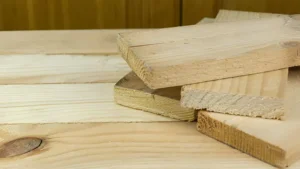
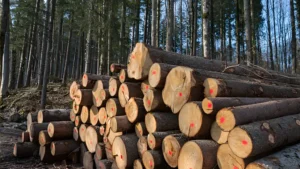
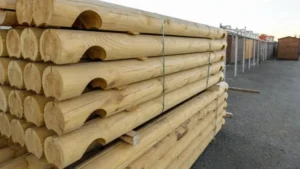

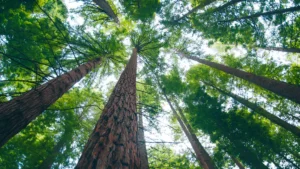
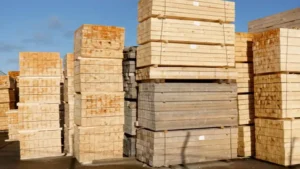
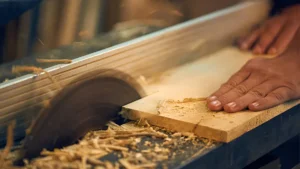
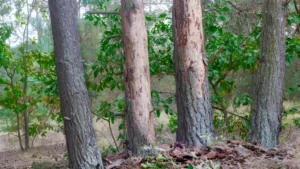
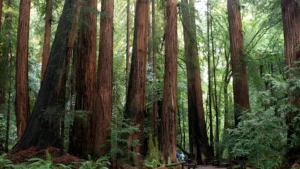
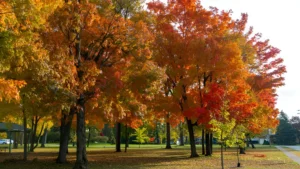
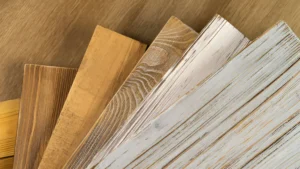

Leave your comment